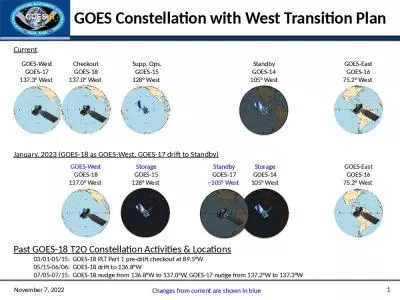PPT-GOES-R ABI and Himawari-8 AHI Training using SIFT
Author : faustina-dinatale | Published Date : 2018-03-10
Raymond K Garcia David Hoese Jordan J Gerth Scott S Lindstrom Kathleen I Strabala UWMadison Cooperative Institute for Meteorological Satellite Studies Timothy
Presentation Embed Code
Download Presentation
Download Presentation The PPT/PDF document "GOES-R ABI and Himawari-8 AHI Training ..." is the property of its rightful owner. Permission is granted to download and print the materials on this website for personal, non-commercial use only, and to display it on your personal computer provided you do not modify the materials and that you retain all copyright notices contained in the materials. By downloading content from our website, you accept the terms of this agreement.
GOES-R ABI and Himawari-8 AHI Training using SIFT: Transcript
Download Rules Of Document
"GOES-R ABI and Himawari-8 AHI Training using SIFT"The content belongs to its owner. You may download and print it for personal use, without modification, and keep all copyright notices. By downloading, you agree to these terms.
Related Documents

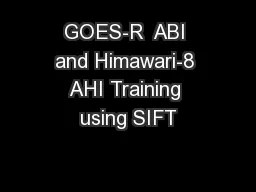

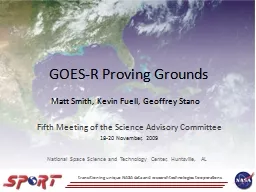
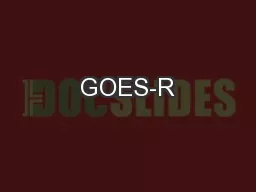
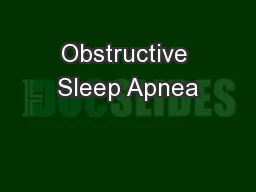
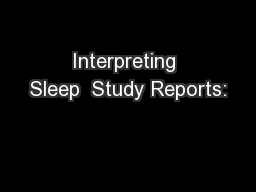
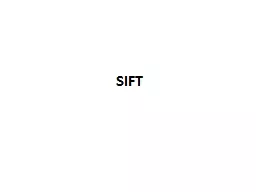
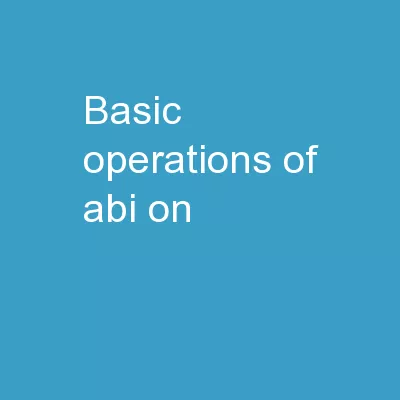
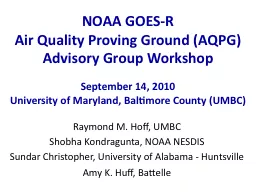
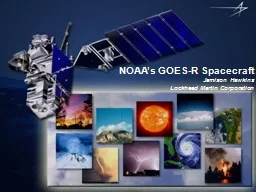
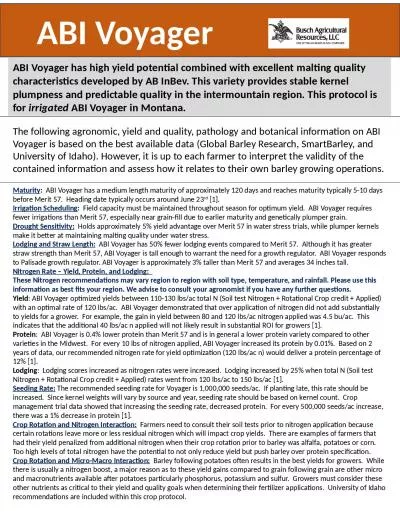
![A5354/Early ART to Limit Infection and Establishment of Reservoir [EARLIER]](https://thumbs.docslides.com/1032979/a5354-early-art-to-limit-infection-and-establishment-of-reservoir-earlier.jpg)

